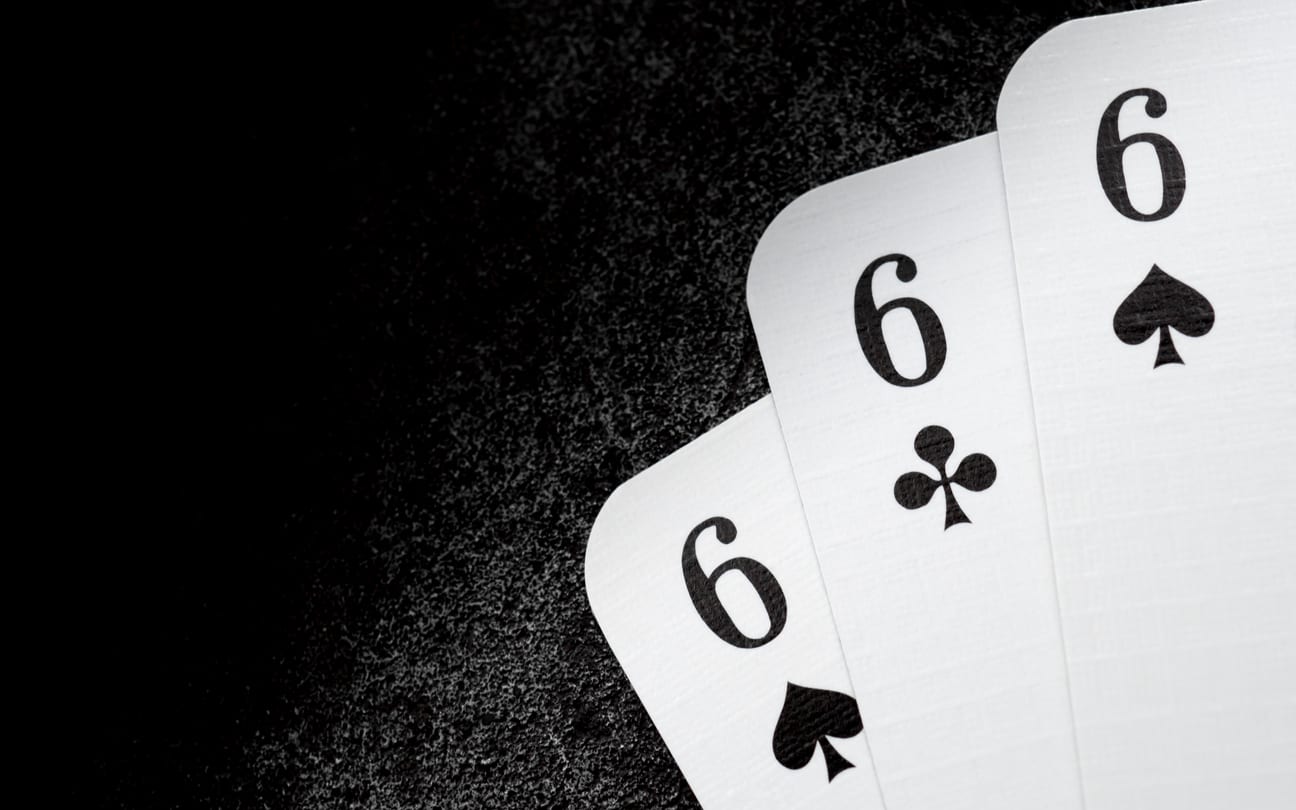Trending Now
There are so many things we believe and follow without a second thought. They’re engrained into us from birth, sunk into society, and honestly, we never really stop to think about why we believe them, or whether or not there’s any truth to them at all.
The idea that the number 666 is evil, or is the sign of the devil, has been around since forever, but where did it come from? And are we sure that’s what it means?

Image Credit: iStock
More importantly, are there any kind of facts behind the belief?
Keep reading to find out!
In the Bible, Revelation 13:18 reads “Here is wisdom. Let him who has understanding calculate the number of the beast, for the number is that of a man; and his number is 666.”
For centuries, people have read that as saying 666 is basically Lucifer’s lucky number, but with our current level of knowledge regarding early Christianity and ancient languages, some scholars believe the numbers are actually a coded message.
The author of Revelation saw a “beast” rising out of the earth in a vision, a creature who could perform miracles, and who demanded people be “marked” in order to buy and sell anything. It would kill anyone who did not worship him, but the “beast” is never named.

Image Credit: iStock
The original book of Revelation was written in Greek, which has no easily-translatable numbers – instead, every letter of the Greek (and Hebrew) alphabet was assigned a numeric value.
Contemporary Christians would have largely read or spoken Greek, and would have been comfortable reading the numbers in the manuscript. Turning them back into letters – a practice called isopsephy – would also have been second nature.
They would add up the numeric value of one word and then find a second word or phrase that added up to the same number, and those two words were thought to have a special connection.
A fun ancient example is the author Seutonius claiming that the emperor Nero slew his own mother using isopsephy – he connected “Nero” (1,005) with the phrase “his mother slew,” which added up to he same number.

Image Credit: iStock
Classics professor Thomas Wayment says that the practice can also be seen in graffiti of the time.
“There’s graffiti at Smyrna and Pompeii that says ‘I love her whose number is 1308. That’s pretty common. And hopefully everybody did their math correctly and could make the connections.”
Many biblical scholars, Wayment included, believe 666 was meant to be something of the same.
“The author says, this is the number of a man, which is a classic isopsephy formula. Christians would have known right away, this is a coded message.”
Not only that, but it was a common tool to have angels or other divine messengers deliver their warnings through code.
“As a reader, you’re seeing something through the eyes of the visionary and he’s telling you, ‘you need to make sense of this.’ That’s part of your experience and participation in the vision.”
Many scholars think the number 666 could refer to Nero, who was, by most accounts, quite “beastly.” His full titled name – Caesar Nero – adds up to 666 in Hebrew.
Some early manuscripts list the number as 616, which only further supports the theory – in Latin, “Caesar Nero” adds up to exactly that.
Some scholars, though, aren’t buying it.
James M. Hamilton, a professor of biblical theology, thinks the repetition of the number 6 is more about symbolism. He believes that if Jesus had a number, it would be 777, because the number 7 represents “perfection” or “completeness.”

Image Credit: iStock
Conversely, the author knew what he or she was doing when they assigned 666 to the “beast,” because he’s a “cheap imitation of Christ.”
“If participating in that culture entails worshipping false gods or denying something that the Bible teachers, Christians need to say ‘I’m not going to take the number or name of the beast.”
Make of that what you will, friends, but it seems like the allusions to the actual Devil might be a bit overblown.
If you ask me.






